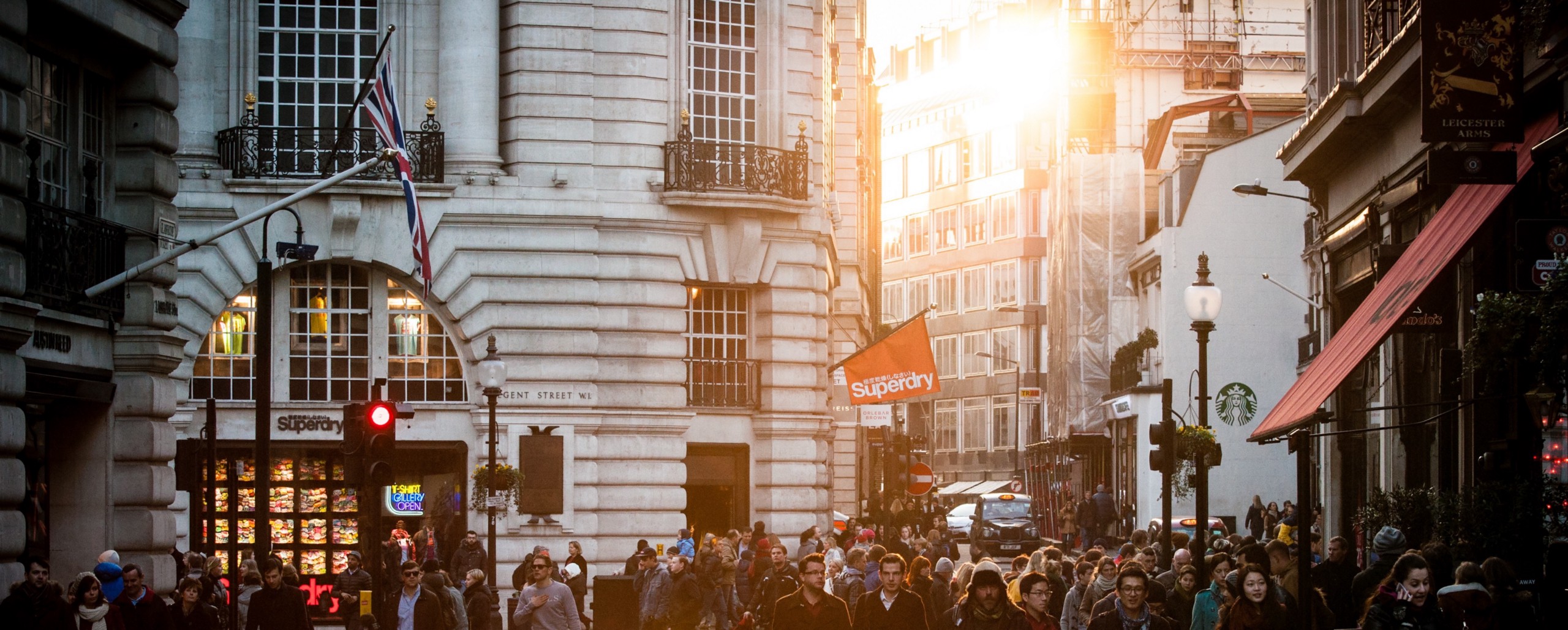Today’s consumers can shop for almost anything without ever leaving home. So it may be surprising to learn that weather can influence their buying mood even when they are indoors.
It’s long been known that weather affects temperament, and that good weather tends to bring people out of the house more than bad weather. It’s one reason why — when an election outcome may hinge on voter turnout — candidates hope it doesn’t rain on Election Day. Yet, new research suggests that even when shoppers stay inside — and browsing through ads on their smartphones — good weather will inspire them to buy.
“People can just look outside the windows and see the sunny or rainy, snowy weather outside, and it affects their mood,” said Xueming Luo, professor of marketing at Temple University, and author of a new study published in the journal Marketing Science that examines the influence of weather on responses to mobile advertising. “Nice, sunny weather puts people in a better mood, and a better mood makes them more open to shopping.”
He acknowledged that this isn’t always true at night, adding, “When it is totally dark, outside weather shouldn’t matter that much, unless there is a huge thunderstorm that people can hear and fear,” he said.
Certain weather conditions — clear and sunny, for example — will prompt favorable consumer responses to mobile advertising, while the tone of ad content also can either hurt or help, depending on the local weather, according to the study. Moreover, the increasing number of extreme weather events that result from climate change “should lead to more shocks and worse deviations from the normal expected weather,” Luo said. This may prompt consumers to shop less.
The research also found that adding a weather “perspective” to advertising enhanced its effects. Several major brands — Burberry, Ace Hardware, Taco Bell, Delta Airlines and Farmers Insurance — use weather-based promotions. Burberry, which makes clothing, including trench coats, has built mobile campaigns around London’s local weather. About 200 other companies are working with the Weather Channel on targeted ads.
The study, whose authors also include Chenxi Li of Beihang University, Cheng Zhang of Fudan University, and Xiaoyi Wang of Zhejiang University, examined data from mobile ads shown to more than six million mobile users in 344 cities across China. They simultaneously tracked weather conditions across these cities, with a focus on sunny, cloudy and rainy weather.
They found that, overall, consumers responded to mobile promotions more quickly and in greater numbers in sunny weather than in cloudy weather, and they responded more slowly and in smaller numbers when it was raining, compared to when it was cloudy.
The tone of the ad influenced consumer responses. Researchers looked at two types of ads, which they labeled “prevention” and “neutral.” “Prevention” ads focus on “preventing” shoppers from missing a good deal, that is, using a negative tone. “Neutral” ads provide a generic salutation, a non-negative tone in ad message
In the study, the “prevention” ad read, “Do not miss the opportunity to take advantage of this special deal! Subscribe to the mobile video-streaming service for only ¥3 per month!” The “neutral” ad read, “Dear respected customer, subscribe to the mobile video-streaming service for only ¥3 per month!”
“The ads have to match the outside real weather,” Luo said. “The ad copy of mobile promotions interacts with sunshine and rainfall.” Ads with a “prevention” frame were effective when it was raining, but they backfired when it was sunny. Ads with a “neutral” frame were more effective when it was sunny. Consumers were more likely to respond positively to a mobile promotion when the weather was more favorable than expected.
The authors ruled out the possibility that consumers respond differently to ads because they use their phones differently when it starts to rain. They controlled for temperature, humidity, visibility, air pressure, dew point, wind and time of day.
“Firms should use the prevention-tone ad copy content on rainy days, and the simple neutral tone ad copy on sunny days to attain greater bang for the buck,” Luo said. “Also, although sunny days are better for advertising on average, using the mismatched ad copy may ruin this good weather advantage.”
Marlene Cimons writes for Nexus Media, a syndicated newswire covering climate, energy, policy, art and culture.
